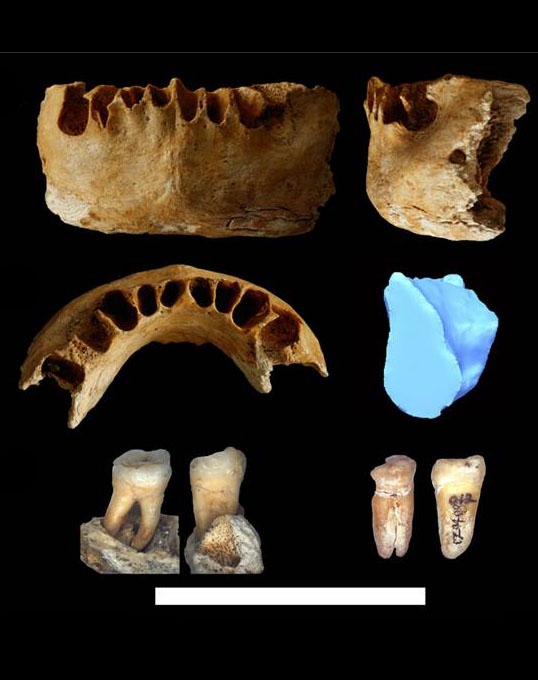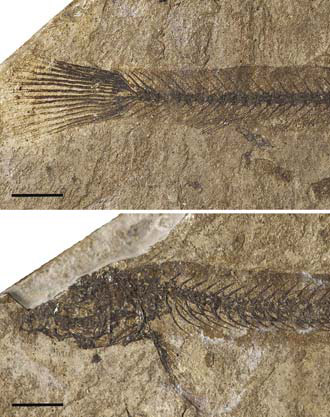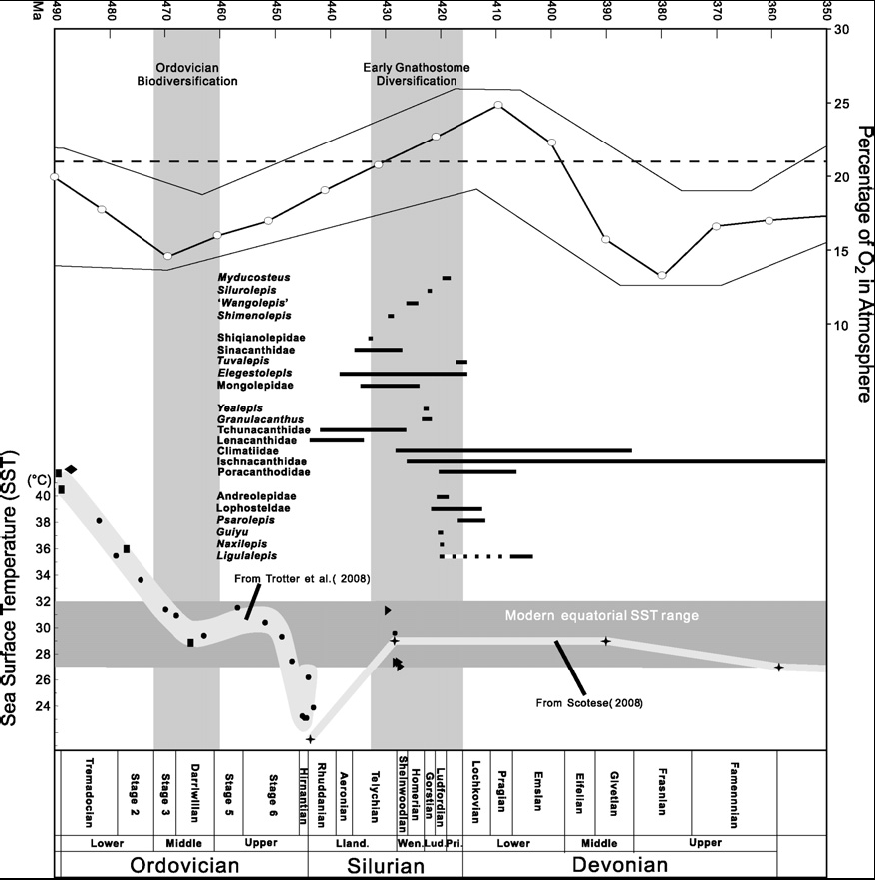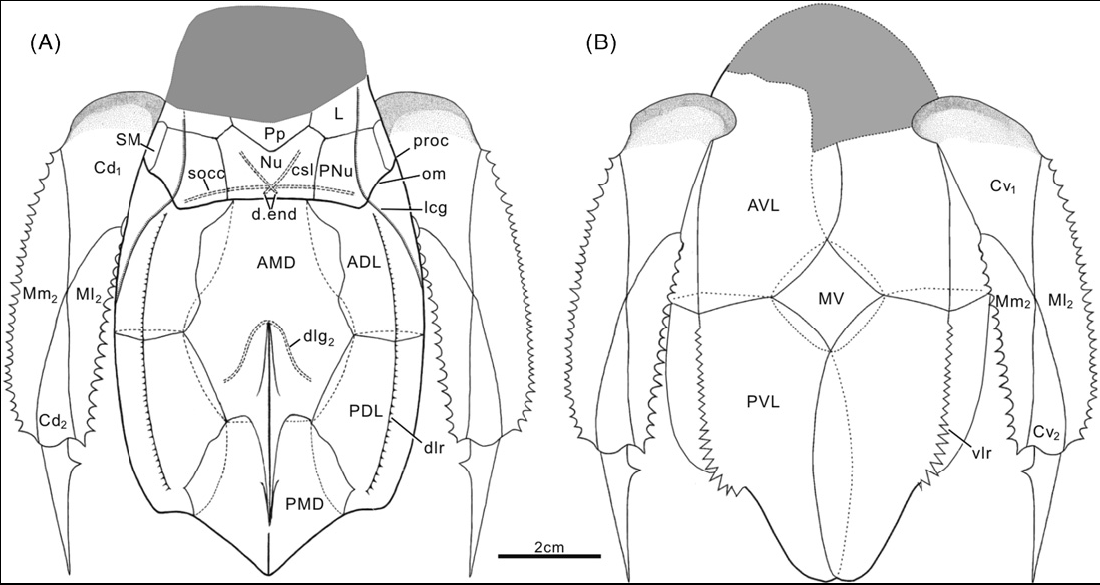|
 Research Progress Research Progress |
|
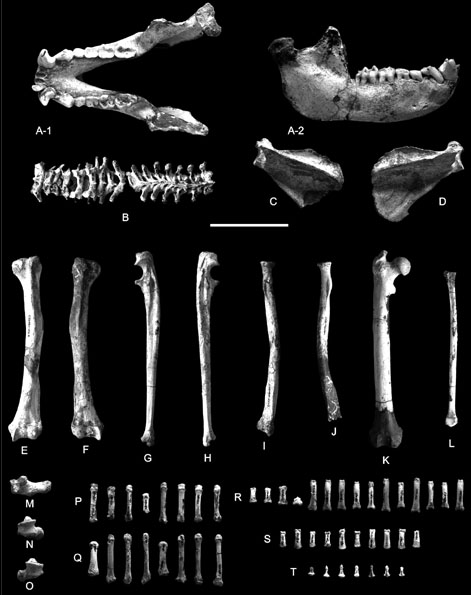 |
A Partial Macaque Skeleton (Mammalia, Primates) Found in Chongzuo, Guangxi, South China |
| Drs. ZHANG Ying-Qi and JIN Chang-Zhu, Institute of Vertebrate Paleontology and Paleoanthropology, Chinese Academy of Sciences, recently described a partial macaque skeleton (Mammalia, Primates) from Queque Cave, Jiangzhou District, Chongzuo City, Guangxi Zhuang Autonomous Region (22°16′22″N, 107°30′22″E), as r... |
|
|
|
|
|
 |
Study shows Paleolithic culture in Japan may originate from North China |
| Comparative study on Paleolithic industries of Sozudai site in Japan and Xujiayao site in China by Professor LI Chaorong, Institute of Vertebrate Paleontology and Paleoanthropology of Chinese Academy of Sciences, shows that the Paleolithic culture in Japan may originate from North China, as reported in the 9th issue... |
|
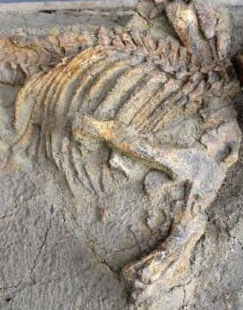 |
Ceratopsid dinosaur first-ever found in China |
| Dr. XU Xing , Institute of Vertebrate Paleontology and Paleoanthropology, Chinese Academy of Sciences, and his collaborators have identified a new ceratopsid dinosaur- Sinoceratops Zhuchengensis, from Upper Cretaceous deposits in Zhucheng, Shandong Province, China, as reported in the recent issue of Chinese Science... |
|
|
|
|
|
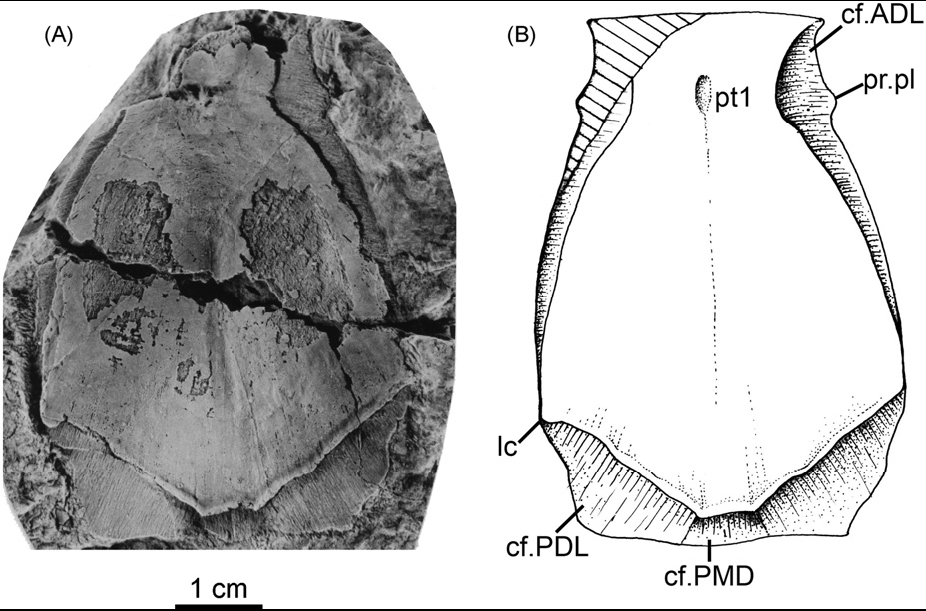 |
A basal antiarch (placoderm fish) from the Silurian of Qujing, Yunnan, China |
An anterior median dorsal plateof Silurolepis platydorsalis. (Courtesy of Prof. Zhang et al.)
A new basal antiarch, Silurolepis platydorsalis n. gen. n. sp., represented by a large-sized trunk armor and a disassociated anterior median dorsal plate (AMD), is described from the Ludlow (Silurian) of Qujing, Y... |
|
|
|
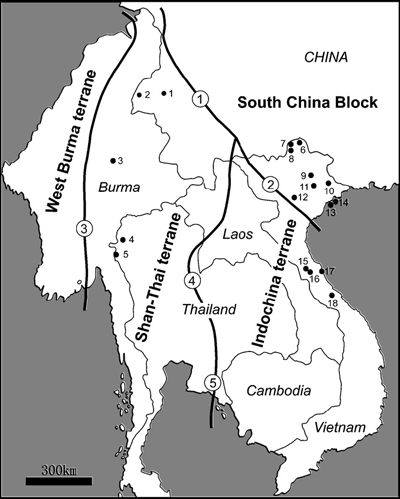 |
Advances on the Middle Palaeozoic vertebrates from Southeast Asia |
(Distribution of Siluro-Devonian vertebrate fossil localities in Southeast Asia and western Yunnan. Courtesy of Wang et al.)
The Middle Palaeozoic vertebrate remains from Southeast Asia are distributed in the Shan-Thai (Sibumasu) and Indochina terranes as well as the South China block.
The Shan-Thai ter... |
|
|

